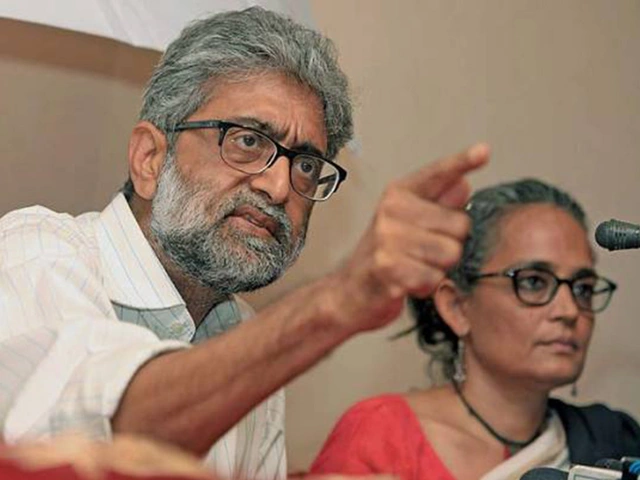Separation Debate in South Asia – What’s Happening Right Now?
Every week a new story pops up about regions wanting more power or even independence. From the Himalayas to the coastal plains, the debate is alive and shaping politics, economics and daily life. If you’re wondering why these talks matter, or which headline will hit the news tomorrow, you’re in the right place.
Why the debate matters to you
When a region pushes for separation it isn’t just a political headline. It can change where you travel, where you invest, and even what language you hear on the radio. Take the recent discussion about a possible split in a northern Indian state – the conversation sparked protests, altered market prices for local crops and forced the central government to rethink funding plans. Similar moves in neighboring countries have led to new border talks, shifts in trade routes, and a fresh look at minority rights.
Understanding the drivers behind these movements helps you read the news with a clearer lens. Economic disparity, cultural identity, and historical grievances are the three big triggers. When a community feels left out of development projects, they start asking for a say in how resources are used. That’s why you’ll see the word “autonomy” appear alongside “separation” in many articles.
Key developments you should watch
1. Election outcomes that could tilt the balance – The 2025 Vice Presidential election, won by CP Radhakrishnan, raised questions about how the Rajya Sabha will handle autonomy bills. Analysts say the new chairman’s stance may speed up or slow down proposals from regions seeking more self‑rule.
2. Legal battles that set precedents – The Supreme Court hearing for activist Navlakha’s bail is more than a single case. If the court leans towards protecting dissent, it could empower separatist leaders to push for legal recognition of their demands.
3. Grass‑root movements gaining media traction – Social media posts from remote villages in the eastern belt of India are turning into nationwide discussions. When locals share stories about water scarcity or lack of schools, it fuels the larger narrative of “we deserve a voice.”
4. Cross‑border implications – Any shift in one country’s internal map can ripple across borders. For instance, a stronger autonomy push in Bangladesh could affect trade agreements with Nepal and Bhutan, prompting those governments to reassess their own regional policies.
5. Economic angles – The average salary gap between regions often fuels the debate. When a region sees its youth moving to cities for better pay, the brain‑drain narrative adds weight to calls for local economic control.
What you can do right now is stay tuned to our tag page. We refresh the list of stories each day, so you’ll always have the latest reports, expert opinions and on‑the‑ground reactions. Bookmark this page, set a daily reminder, and you’ll never miss a twist in the separation debate.
Remember, every new development has a ripple effect. Whether you’re a student, a business owner, or just a curious reader, the separation debate touches on jobs, travel, and even the food you eat. Keep reading, stay informed, and you’ll be ready for whatever comes next.
Well, folks, here's a zesty topic that's been making the rounds - "Should we give Uttar Pradesh the boot from India?" Now, while this seems like a spicy idea, let's remember that diversity, with all its hiccups and hilarity, is the essence of India. Would it be like removing the pickle from a biryani? Or like playing cricket without a ball? Fun to imagine, but the reality? Not so much. Uttar Pradesh, with all its quirks and quintessence, is as much a part of the Indian masala as any other state. So, let's chuck this idea out the window and embrace the delightful chaos that is India!




